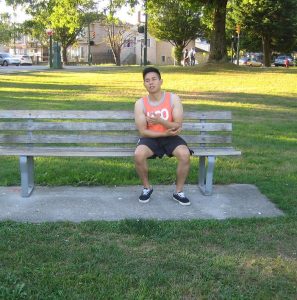Blood clot in the arm is deep vein thrombosis where there is a build up of blood in the deep vein in the arms. This condition is usually common in pregnant women, lengthy immobility as well as smoking. Blood clots are semi-solid mass of blood.
Blood clotting is required to stop bleeding when there is an injury but excessive blood clotting can cause complications. The clots can also happen in other areas of the body such as the legs, lungs, abdomen, brain and heart.
Symptoms of blood clot
- Swelling due to inflammation of a vein in the arm
- Pain and soreness when the condition becomes severe
- Redness and warmth in the affected area
- Burning sensation around the area
Swelling due to inflammation of a vein in the arm. - Blood clots that spread to the lungs through the bloodstream causes problems with breathing, sometimes the affected person may cough up blood which needs to be treated immediately.
- A reddish or bluish discoloration of the affected area
- The veins look engorged or stretched
Treatment
- Apply alternately hot and cold packs on the affected area for proper flow of blood and break down the formation of blood clot and prevent worsening of the condition.
- Massage the area to stimulate the flow of blood to other areas of the body and lessen the chances of developing blood clots in those areas.
- Take the prescribed anticoagulant to prevent development of blood clot.
- Inferior vena cava filter placement is used for people who have a high risk of developing blood clots. A filter is placed in the veins in the arms and prevents fragments of the clot from spreading through the veins up to the heart or lungs.
- Consume at least 3-5 cloves of garlic every day for proper flow of blood to all areas of the body and lessen the development of clots.
- Consume a high fiber diet to prevent thickening of the blood. The diet includes a variety of fruits and vegetables, seeds, legumes, whole grains, peanuts, raw nuts, corn, almonds and walnuts.
- Avoid fatty and sugary foods to prevent clogging of the veins and other vessels and lessen the risk of developing blood clots.
- Perform regular exercises that move the arms at least 10-15 seconds and stretches 3-4 times every day to lessen the symptoms. Keep the arms moving to prevent blood stasis syndrome. Blood stasis syndrome or blood stagnation is the slowing down or pooling of blood due to hematological disorders such as congestion, thrombosis, hemorrhage and microclots.
- Avoid being overweight. Cut down some weight to lessen the risk of developing blood clots in the arm.
- Cessation of smoking
- Drink plenty of water to keep the body properly hydrated
FACT CHECK
https://www.webmd.com/dvt/blood-clots#1
https://www.medicinenet.com/blood_clots/article.htm
https://www.healthline.com/health/how-to-tell-if-you-have-a-blood-clot


